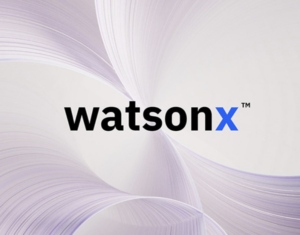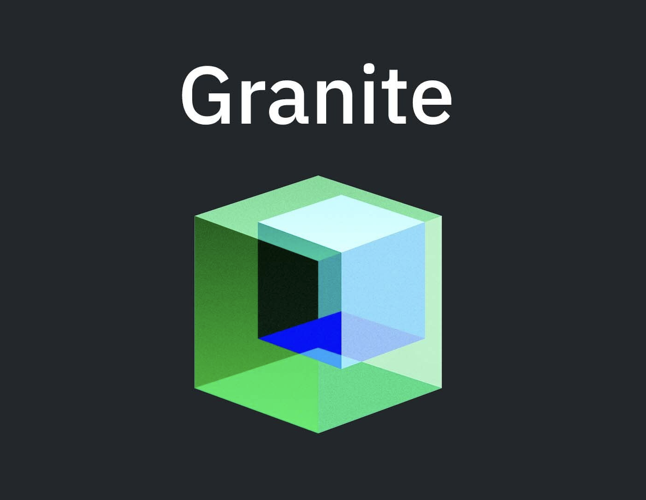IBM is expanding its enterprise AI business with the launch of the third generation of Granite large language models (LLMs) aimed at providing autonomy and flexibility to its users. The new Granite 3.0 models represent the most advanced AI model family developed by IBM to date.
These models are available in two sizes: 8 billion parameters and 2 billion parameters. They are licensed under the flexible Apache 2.0 license, which supports various usage scenarios.
The Granite 3.0 lineup includes multiple versions, including the “Instruct” and “Guardian” variants. The Instruct version is tailored for training applications, facilitating the development of AI models, while the Guardian variant focuses on risk detection and safety measures.
For low-latency applications, IBM has introduced smaller models, including Granite Accelerators and Mixture of Experts (MoE). The MoE technique uses many different sub-models to improve the performance and quality of LLMs.
The previous Granite models were also open-source, and IBM is reinforcing this commitment with the new Granite models. This approach provides organizations with the ability to access and customize the models to meet their specific needs. IBM’s senior executives emphasized that this permissive license promotes a collaborative ecosystem, enabling rapid AI adoption and broader distribution of innovative solutions.
IBM’s recent investment in enhancing foundation models and adopting open-source licensing aligns with a notable trend in the AI industry, where the focus has shifted from merely increasing model size to creating tangible value.
“It’s all about how you create value now,” said Rob Thomas, IBM’s SVP of Software and Chief Commercial Officer. Referring to the impressive growth of IBM’s generative AI business, which has reached $2 billion across technology and consulting, Thomas noted, “I’m not sure we’ve ever had a business that scaled at this pace, which I think reflects both the strong client interest in the topic and our unique approach to open source.”
As IBM emphasizes its open-source approach, it highlights a broader trend in the industry toward transparency and flexibility, enabling enterprises to leverage AI technology responsibly and effectively.
Meta’s Llama is presented as an open-source model; however, it lacks an OSI-approved license, which is available with IBM’s Granite 3.0. This distinction is significant for enterprises, as IBM’s Apache 2.0 license offers greater flexibility for adaptation and development.
The Granite language models are trained on over 12 trillion tokens, encompassing data from 12 different languages and 116 programming languages. IBM plans to extend the context length of its Granite language models from the current maximum of 8,000 tokens to a significant 128,000 tokens by the end of the year. This should help extend the models’ ability to process longer input sequences and handle multiple types of data simultaneously.
The Granite models, which are designed to serve as enterprise workhorses, can handle tasks such as retrieval-augmented generation (RAG), classification, summarization, agent training, and entity extraction.
 IBM claims that the Granite models can match or outperform several leading models in performance on both industry and academic benchmarks.
IBM claims that the Granite models can match or outperform several leading models in performance on both industry and academic benchmarks.
The new Granite models will be available on IBM’s watsonX service, as well as on Amazon Bedrock, Amazon Sagemaker, and Hugging Face.
IBM also launched new developer tools, including frameworks for agentic AI, which are increasingly becoming a trend in the industry. This technology allows systems to operate autonomously, enhancing efficiency and productivity across various applications.
The Granite models will power IBM Consulting Advantage to enhance the company’s ability to accelerate transformations in cloud and business operations. In addition, IBM introduced a new version of its watsonx Code Assistant designed for application development, which utilizes the capabilities of the Granite models. This integration allows for general-purpose coding support in languages such as C, C++, Go, Java, and Python.
Related Items
Apache Cassandra 5.0 Brings Major Updates with Enhanced Indexing and AI Capabilities
The AI Data Cycle: Understanding the Optimal Storage Mix for AI Workloads at Scale
Microsoft’s New AI System Promises to Revolutionize Spreadsheet Use
Source link
lol


